ICD-9-CM Expert for Physicians, Volumes 1 & 2–2014 (Spiral)
Let this final edition of the ICD-9-CM Expert for Physicians, Volumes 1 & 2 with the hallmark features and content that have provided accurate and reliable information for over 25 years serve to meet current coding challenges and to function as a solid reference for utilizing valuable legacy ICD-9-CM coded data. In addition, new ICD-10-CM
Let this final edition of the ICD-9-CM Expert for Physicians, Volumes 1 & 2 with the hallmark
features and content that have provided accurate and reliable information for over 25 years serve to meet current
coding challenges and to function as a solid reference for utilizing valuable legacy ICD-9-CM coded
data. In addition, new ICD-10-CM features help you prepare for the code set transition.
Key Features and Benefits
Exclusive to the Expert edition:
AHAs Coding Clinic topic summaries. Review a summary of coding advice from the latest AHA Coding Clinics.
ICD-10-CM Coding Proficiency and Documentation Self-Assessment Test your ICD-10-CM readiness and skills with this 50 question quiz.
ICD-10 Spotlight. Preview ICD-10 codes with the most frequently reported ICD-9-CM codes to learn as you work.
Coding Tables. Reduce time spent on code selection for complex diagnoses that typically require additional research and steps.
10 Steps to Correct Coding. Receive step-by-step instructions to improve coding accuracy and more effectively use ICD-9-CM conventions.
Includes these traditional hallmark features plus many more:
Highlighted coding instructional and informational notes. Recognize important code usage guidance for specific sections more easily with highlighted notes.
Intuitive color-coded symbols and alerts. Identify critical coding and reimbursement issues quickly with alerts, such as Other Specified and Unspecified diagnosis alerts, on the same page as the code you need.
AHA s Coding Clinic and official coding guideline tips. Use citations to link to the official coding advice every coder in every health care setting must follow.
Additional digit required symbols. Know when an additional fourth or fifth digit is required for code specificity and validity to avoid invalid code submissions (provided in Index and Tabular Section).
Valid three-digit code list. See at a glance whether a code is valid for claim submission to prevent denied claims due to invalid code usage.
V-code symbols. Understand the appropriate use of V-codes that may only be sequenced as first-listed diagnosis for cleaner claim submissions.
Manifestation code alert. Properly use codes that represent manifestations of underlying disease by knowing when two codes are required and by knowing alerts to sequencing rules.
Illustrations and definitions. Gan in-depth understanding of anatomy and disease processes in relation to coding with clinically-oriented definitions and illustrations.
Age and sex edits. Be aware of which codes have restrictions on use based on age or sex of the patient to prevent claim delays and denials.
Hallmark page design and features. Locate information quickly with a user-friendly page design, including dictionary-style headers, Quickflip color bleed tabs, and legend keys.
HIPAA compliance. Comply with HIPAA code set requirements to avoid delayed or denied claims and costly fines for violations.

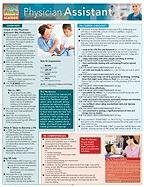
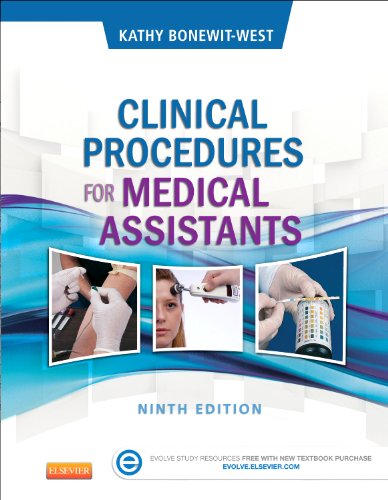
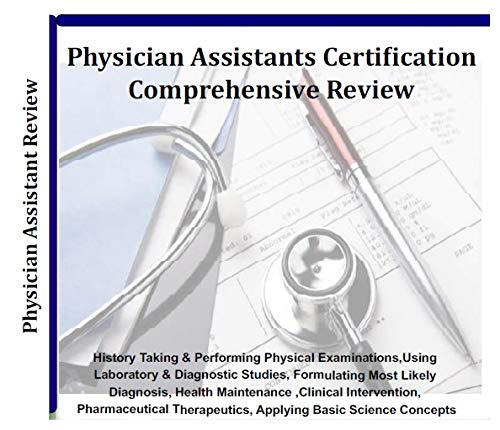

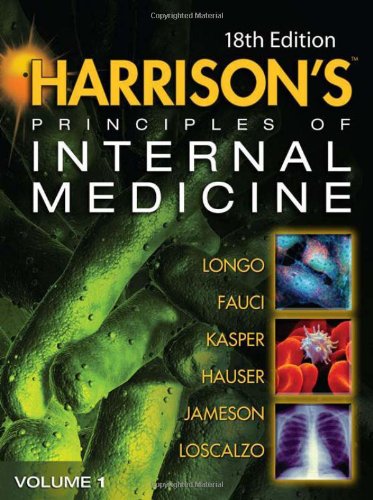
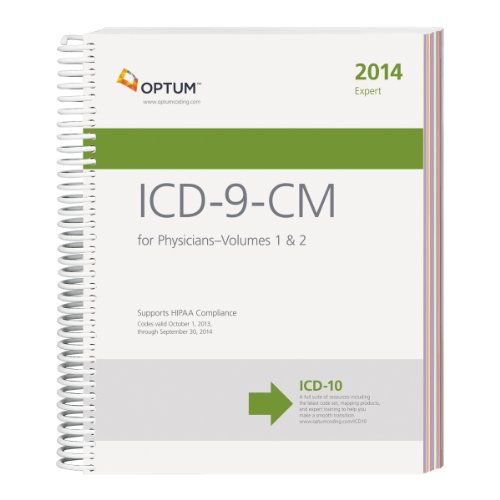
This book saved my life (and my sanity)! Gives me all I need to code my charts–the diagnostic codes and rules to use them by. (Don’t expect to find CPT codes here–that’s a different book.) The index isn’t always intuitive, but once you catch onto their system, it is easy to find all necessary details in the tabular listing. I have access to an online system but much prefer an old-fashioned book reference for this–if I can’t find my diagnosis in the index, I can flip to the section on that topic and go through the diagnoses until…
essential for any medical coder 0
Nice Savings! 0